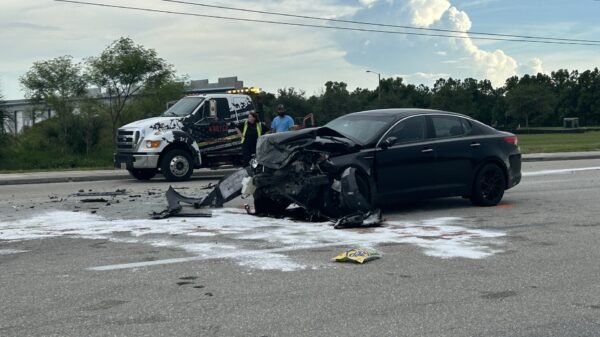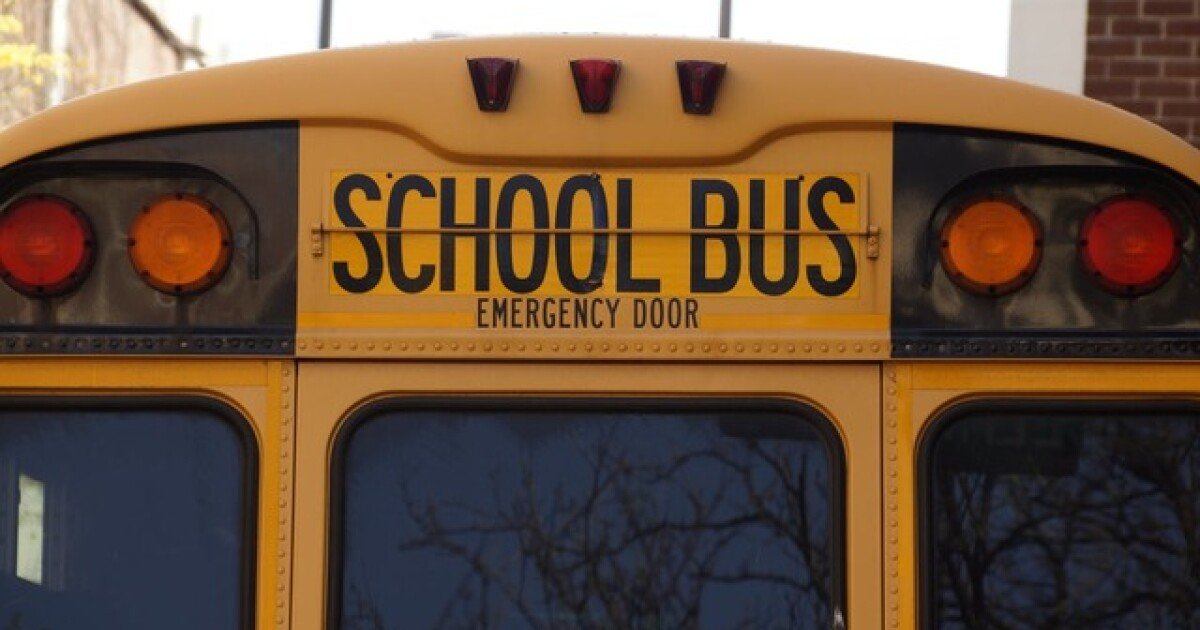The Impact of School Closings due to Idalia
As natural disasters strike communities across the globe, their impact can be profound and far-reaching. One such disaster, named Idalia, recently wreaked havoc on several areas, causing unprecedented damage and prompting authorities to take precautionary measures to ensure the safety of residents. One significant action taken was the closing of schools in the affected regions. In this article, we will discuss the reasons behind these school closings, the implications for students, parents, and teachers, and the overall importance of safety during such challenging times.
1. The Wrath of Idalia
Idalia, a powerful hurricane that hit the coastal towns last week, left a trail of destruction in its wake. As strong winds tore through buildings, uprooted trees, and caused widespread power outages, it became evident that the safety and well-being of the community should take precedence. The storm’s intensity was so severe that evacuations were ordered, and emergency measures were implemented to protect residents.
2. Prioritizing Safety
In light of the impending danger posed by Idalia, local authorities made the difficult decision to close schools until the situation could be properly assessed and addressed. The safety of students, teachers, and staff members was paramount, as the unpredictable nature of natural disasters can make it challenging to determine the level of risk associated with attending school during these times. By closing schools, authorities aimed to reduce the potential harm that could come from students and staff being exposed to hazardous conditions.
3. Academic Disruptions
While the closure of schools during natural disasters is undoubtedly a necessary measure, it also brings about significant disruptions to the academic calendar. Students are forced to put their educational journey on hold, interrupting their learning progress and potentially impacting their academic growth. Teachers, accustomed to following a structured curriculum, are compelled to adapt their lesson plans and delivery methods to address the delayed learning outcomes. Such disruptions can have lasting effects on students, particularly those preparing for important examinations or working towards specific academic goals.
4. Emotional Impact on Students
Children are often more resilient than we give them credit for, but the emotional toll of natural disasters should not be underestimated. School serves as a safe space where students find stability, routine, and a sense of belonging. Losing that routine and stability can be distressing, leading to increased anxiety and emotional strain. Furthermore, witnessing the devastation caused by the disaster itself can make it difficult for children to focus on their studies, as their minds may be preoccupied with concerns about their own safety and the well-being of their loved ones. Therefore, it is crucial for parents and teachers to provide emotional support during these challenging times.
5. Rebuilding and Recovery
Once the immediate threat has passed, efforts must be made to restore normalcy and rebuild educational institutions affected by the disaster. This involves assessing the damage incurred, repairing or rebuilding facilities, and providing the necessary resources to resume teaching and learning activities. Depending on the severity of the damage, this process can be time-consuming and costly. Collaborative efforts from the community, government agencies, and non-profit organizations are essential to ensure a smooth recovery and minimize the disruption to the education system.
6. Lessons Learned
Natural disasters like Idalia serve as important reminders of the vulnerability of our communities and the need to prioritize safety over all else. The school closings resulting from this disaster highlight the need for comprehensive emergency preparedness plans at the institutional, regional, and national levels. By conducting regular drills, implementing effective communication systems, and providing adequate training to handle such situations, schools can better manage the challenges posed by natural disasters. Additionally, educators can incorporate lessons on disaster preparedness into their curriculum, ensuring that students are equipped with the knowledge and skills to navigate these challenging situations in the future.
Conclusion
The closure of schools due to the impact of Idalia is a necessary step to prioritize the well-being and safety of students, teachers, and staff. While it may lead to academic disruptions and emotional strain, it serves as a reminder of the importance of preparedness and proactive measures in facing the challenges posed by natural disasters. As communities work together to rebuild and recover, lessons learned from such experiences must be integrated into future disaster management strategies. By doing so, we can mitigate the adverse effects of similar events and ensure the long-term safety and resilience of our educational institutions.
*Source www.fox4now.com




































